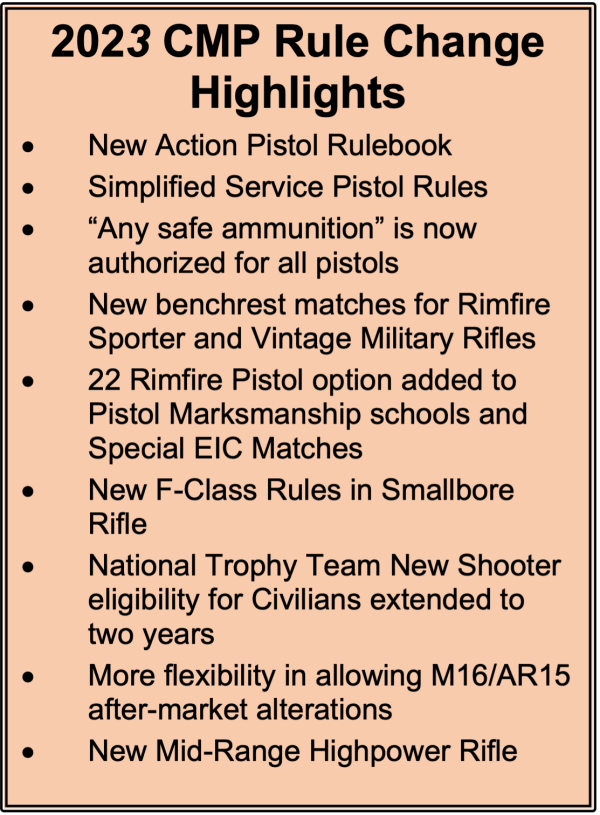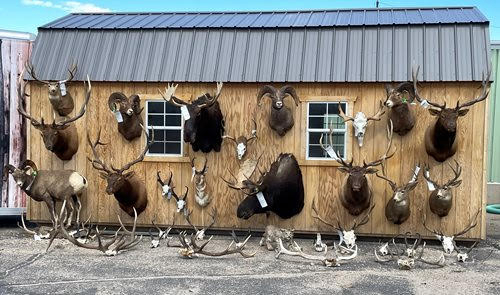 Deer season has started in numerous states and will soon begin in many others. Hunters are hitting the woods full of enthusiasm and high hopes for the season. Given the first sit or two at a stand site is often the most productive, it is important to choose and hunt stand sites wisely. Preferred stand locations change with the season and phase of the rut, so here is some information to help you make the necessary adjustments and be more successful this season.
Deer season has started in numerous states and will soon begin in many others. Hunters are hitting the woods full of enthusiasm and high hopes for the season. Given the first sit or two at a stand site is often the most productive, it is important to choose and hunt stand sites wisely. Preferred stand locations change with the season and phase of the rut, so here is some information to help you make the necessary adjustments and be more successful this season.
Food is the Key
Deer are ruminants, meaning their stomach has four chambers like a cow’s. So, they have the ability to digest a wide range of vegetation. However, they are considered concentrate selectors, which means they select the highest quality parts of the vegetation they eat. Deer have been recorded eating over 600 different species of plants, but each region has a limited number of highly preferred species. Wise hunters determine the locations of the most preferred foods on the property they hunt, and then key in on those areas for stand locations. Since deer select the highest quality parts of plants, and since different plants grow and mature at different times of the year, it makes perfect sense that a deer’s preferred foods and they places they occur changes throughout the year. For example, forbs are broadleafed plants like clover, beggars lice, jewelweed, and hundreds of others. Many forbs are highly preferred by deer and this is especially true during spring and early summer. In fact, forbs carry the deer herd during this timeframe. However, as they mature during summer and other foods emerge, forbs become less appealing to deer. So, deer shift from this food source to others such as agricultural crops, green leaves, soft mast (berries), and hard mast (acorns) as these foods become available. Hence, preferred stand locations also change with the seasons.
Summer
Throughout much of the whitetail’s range, bucks and does are separated during summer. Does are raising fawns and bucks are in bachelor groups, and both sexes are eating as much high-quality food as possible. Bucks are growing antlers and gaining weight to prepare for the rut where they can lose 20 to 25 percent of their body weight while pursuing does. Does are lactating, and that is far more energetically expensive than growing antlers, plus they are trying to gain weight before winter. During summer both sexes tend to follow a feed, bed, feed, bed routine. Their home ranges are very small compared to other seasons, and they can be quite patternable.
Late Summer/Early Fall
During late summer and early fall, deer are in the pre-rut phase. This means bucks and does are feeding heavily to increase body weight. Bucks are also preparing for the rut by sparring with other bucks to establish their dominance and position in the local pecking order. During this phase, food sources and travel routes between them make excellent stand sites. For the deer manager who has improved and manipulated habitat on the property they hunt, the pre-rut is a great time to harvest a deer as their behaviors and movements are fairly predictable.
Fall
During fall, deer typically shift the core area of their homerange to take advantage of changing cover and emerging food sources. The core area is the portion of their homerange where deer spend 50 percent of their time and it is only a fraction the size of the entire homerange. Fall is also when whitetails rut (breed) throughout much of their range. This is an extremely exciting time for hunters as it is the time of year when bucks attain their largest body size, when they are most vocal, when they make the most rubs and scrapes, and when they may throw caution to the wind and travel more during daylight in search of estrous does. For a few weeks during the rut, most bucks spend a lot of time seeking does and little time feeding. This increases their chances to sire offspring and causes them to lose a significant amount of weight. That’s why bucks harvested post-rut may weigh substantially less than they did pre-rut. That’s also why stands overlooking food sources often go cold on deer sightings. Does are still feeding but they begin avoiding open areas to keep from being harassed by bucks. Areas with thick cover become very productive during the rut and so do travel corridors, saddles and bottlenecks. Bucks can cover a lot of ground on a daily basis so habitat features that connect patches of cover or restrict deer movement to a more defined path create excellent stand sites.
Winter
During winter, deer can shift their core areas again to take advantage of better cover and any remaining food sources. Winter survival is more about conserving energy and living off the fat obtained during summer and fall, and the key is good cover. This is less important for deer in southern latitudes but absolutely critical for northern herds. A northern herd with good cover from mature coniferous stands interspersed with young hardwood stands can easily withstand a tough winter, while the same herd without good cover may lose a significant number of individuals even in a less severe winter. During winter, deer tend to move less than they did during fall as the breeding season is over (in most of their range), the elements are harsher, and there is less high quality food available. Thus deer change their behavior and move and forage less. This saves energy, reduces weight loss and helps increase winter survival.
Hunting during winter requires a slight change in strategy from the fall. As the rut winds down and phases into the post-rut, food sources again become preferred stand sites. Since forage is often limited, hunters with access to high quality food sources like standing corn, soybeans, brassicas or cereal grains can have phenomenal hunting action. Most bucks have lost a lot of weight during the rut and they will feed heavily in an attempt to regain some of that weigh prior to winter. In heavily hunted areas, high hunter pressure can alter deer movement patterns and cause them to move little during daylight. In these situations, post-rut deer still want to feed but may not reach the food sources until after dark. Given this, your hunting strategy should be such that you intercept these deer enroute to the food sources in the evening or enroute to their bedding areas in the morning.
If you’re a bowhunter, hopefully you can take advantage of a deer’s early fall movement patterns right now and put some venison in the freezer before Halloween. If you’re primarily a firearm hunter, hopefully you can use this information to connect with a doe or cross paths with the buck of your dreams in the coming weeks. Good luck and be safe this season.






